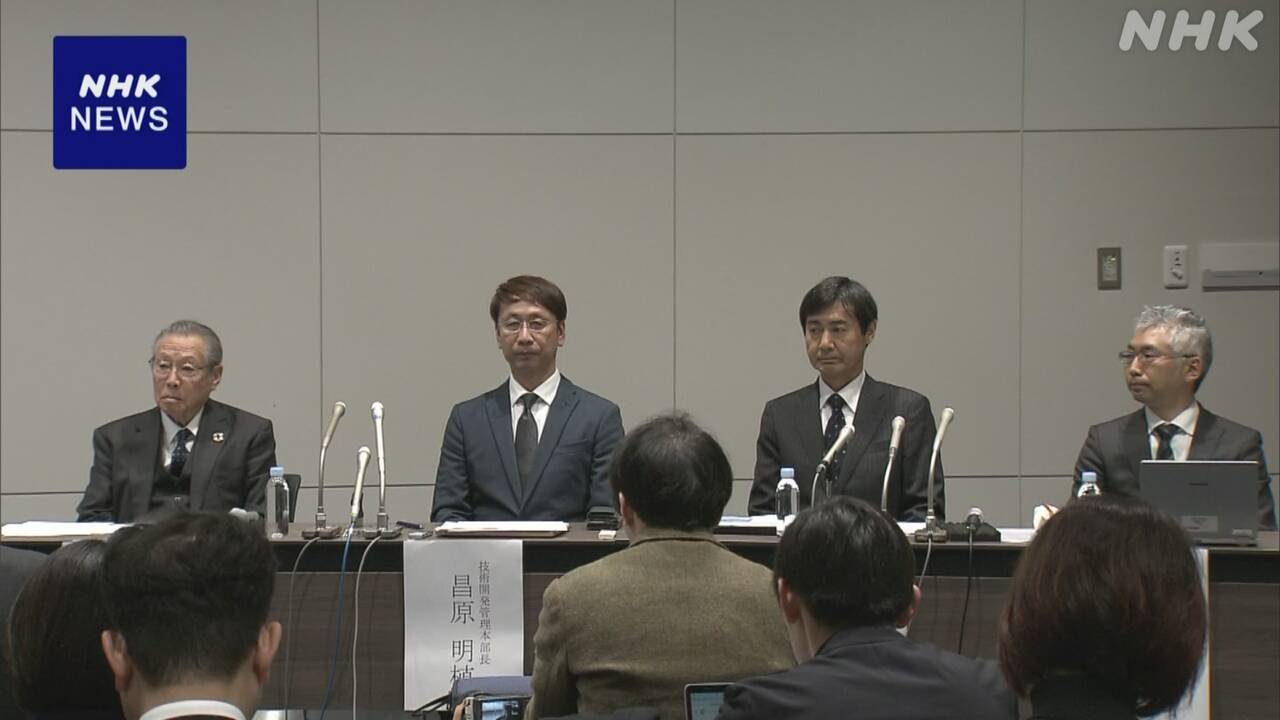A research and development base established by industry, government, and academia has started in earnest in order to domestically produce next-generation semiconductors, and will proceed with research and development such as the design of cutting-edge semiconductors used in autonomous driving and robots. Ta.
The research and development base called ``LSTC'' was established a year ago by Rapidus, which aims to mass produce cutting-edge semiconductors, and the National Institute of Advanced Industrial Science and Technology.
This research and development base is commissioned by the government to
conduct research and development of cutting-edge semiconductors that are even finer than the 2-nanometer semiconductors that Rapidus aims to mass produce, and to
instantly process large amounts of information and images for autonomous driving and robots. The company plans to work on the development of semiconductors for AI (artificial intelligence), which processes AI.
For AI, the company has partnered with TenTrent, a Canadian startup with strengths in development, and plans to use Rapidus for mass production in the future.
At the press conference, LSTC Chairman Tetsuro Higashi said, ``We want to play the role of an engine that creates new things in Japan, and also promote human resource development.''
The Ministry of Economy, Trade and Industry also decided to provide 45 billion yen in support for a series of research and development projects, and Minister of Economy, Trade and Industry Saito said at a press conference after the cabinet meeting on the 9th that ``we will play a central role in the joint research and development of next-generation semiconductors through international collaboration.'' I look forward to playing the role."

